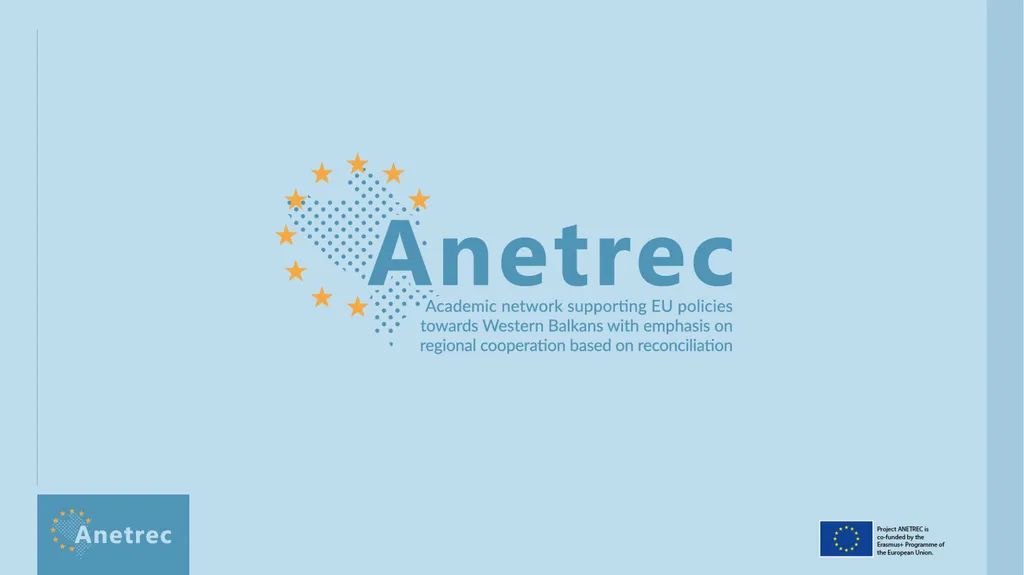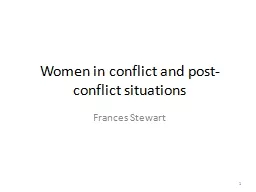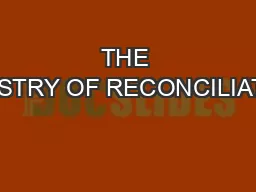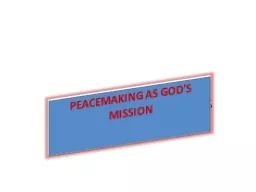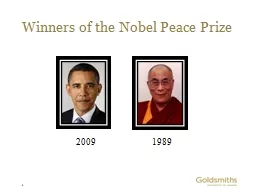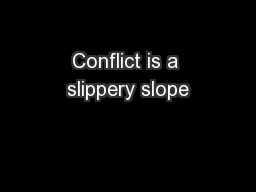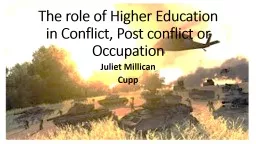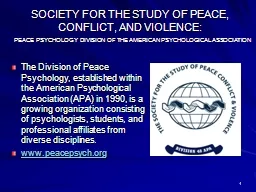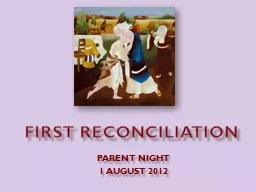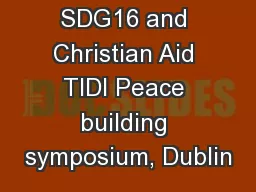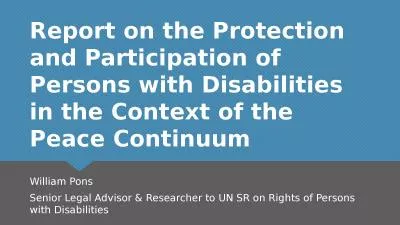Peace and conflict studies and reconciliation
Author : aaron | Published Date : 2025-08-13
Description: Peace and conflict studies and reconciliation Reconciliation in the postconflict environment in the Western Balkans as a precondition for the efficient implementation of the EU enlargement policy Dr Ružica Jakešević Course overview
Presentation Embed Code
Download Presentation
Download
Presentation The PPT/PDF document
"Peace and conflict studies and reconciliation" is the property of its rightful owner.
Permission is granted to download and print the materials on this website for personal, non-commercial use only,
and to display it on your personal computer provided you do not modify the materials and that you retain all
copyright notices contained in the materials. By downloading content from our website, you accept the terms of
this agreement.
Transcript:Peace and conflict studies and reconciliation:
Peace and conflict studies and reconciliation Reconciliation in the post-conflict environment in the Western Balkans as a precondition for the efficient implementation of the EU enlargement policy Dr. Ružica Jakešević Course overview presence of external actors in the WB – security, political, economic goals within the wider peace-building process Zagreb summit 2000 Thessaloniki summit 2003 Copenhagen + criteria Reconciliation as the element of the EU regional approach towards WB Lecture overview Theoretical approach to the concept of reconciliation Peace and conflict studies and reconciliation Peace studies and concepts of: Peace (positive, negative) Conflict Violence Reconciliation Peace Studies Interdisciplinary field of research developed following the World War II Why do violent conflicts occur and what it takes to build sustainable peace? Problem-solving orientation: conflict prevention, conflict resolution, peace-building, reconciliation in post-conflict societies Founding father of the discipline – Johan Galtung: “peace studies aims to understand violence and its negation by conflict transformation (‘negative peace’) and peace-building by cooperation and harmony (‘positive peace’)… (Galtung and Fischer, 2013: 139) Peace Studies Emancipation of an individual as a referent object of security – connection with human security concept Influence of peace studies on the concepts of peace and security Human security / physical violence/ structural violence – positive and negative peace „Human security is closely related to notions of peace which go beyond the narrow definition of the absence of war or physical violence” (Beswick and Jackson, 2015: 12) Development of peace studies Negative (2 world wars; other wars) and positive (international organizations, cooperation) experiences of the 20th century – impetus for peace-conflict dynamic research Research centers in North America and (Northern) Europe PRIO, COPRI, SIPRI Approximately 400 universities offering peace studdies program in 2020 (Kroc Institute, 2020) Dealing with East-West, but also North-South issues Definition of conflict Term used in different social sciences Conflict as: “the pursuit of incompatible goals by different groups” (Ramsbotham et al, 2011: 30) “social situation in which a minimum of two actors (parties) strive to acquire at the same moment in time an available set of scarce resources” (Wallensteen, 2007: 15) „Peace therefore exists where people are interacting non-violently and are managing their conflict positively” (Irenees, 2007) Definition of peace Peace has no universal meaning, and it means different things to different people „peace” is defined not just as the absence of war (negative peace), but also the presence of the conditions for a just and sustainable
